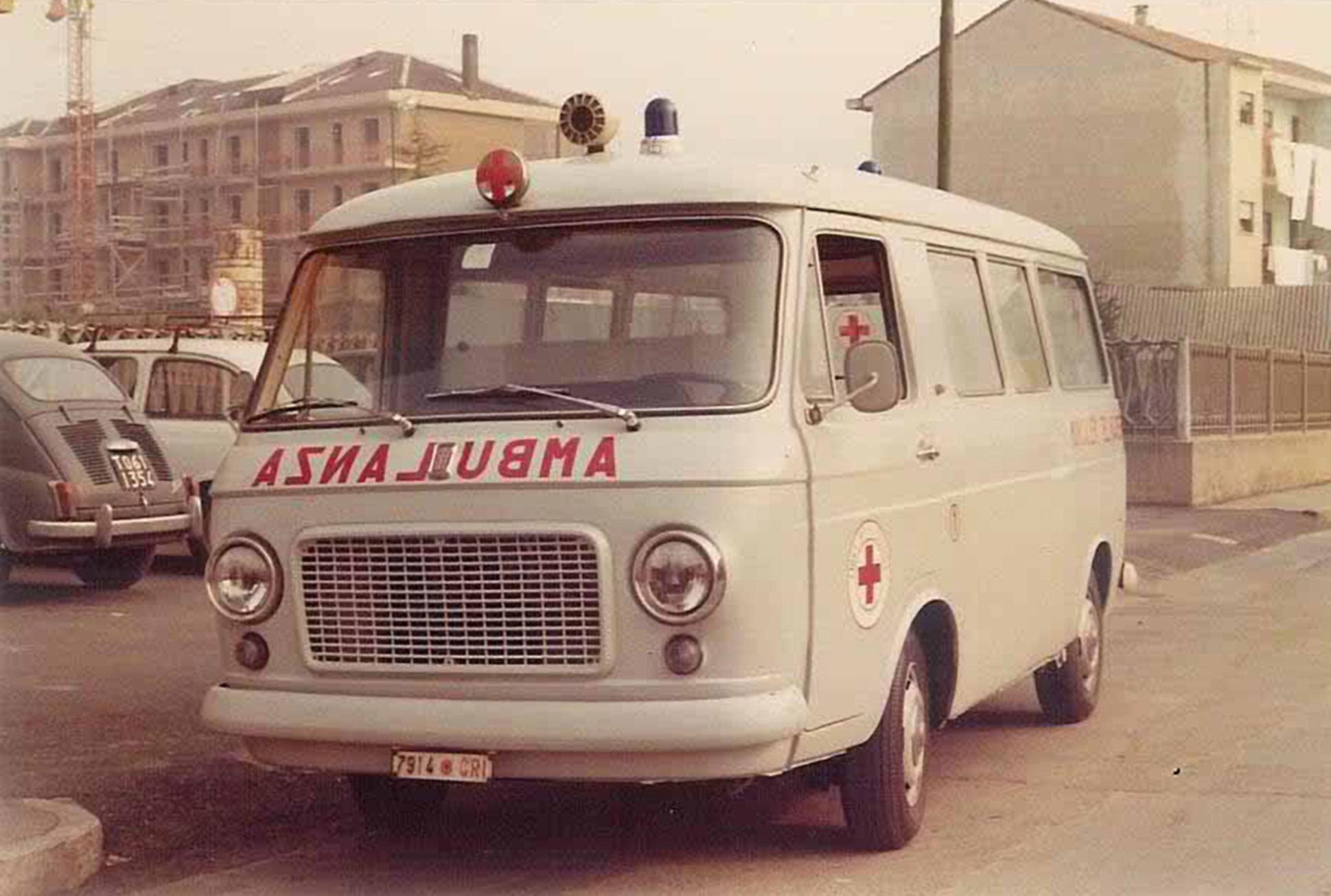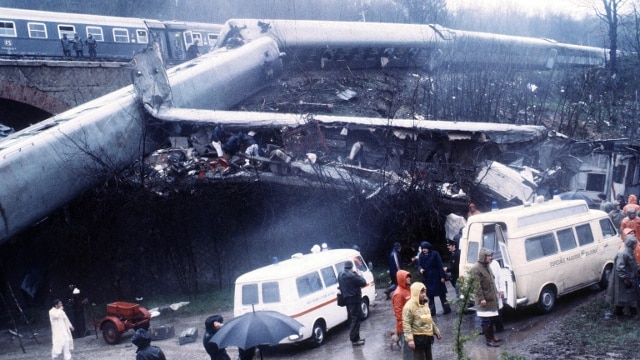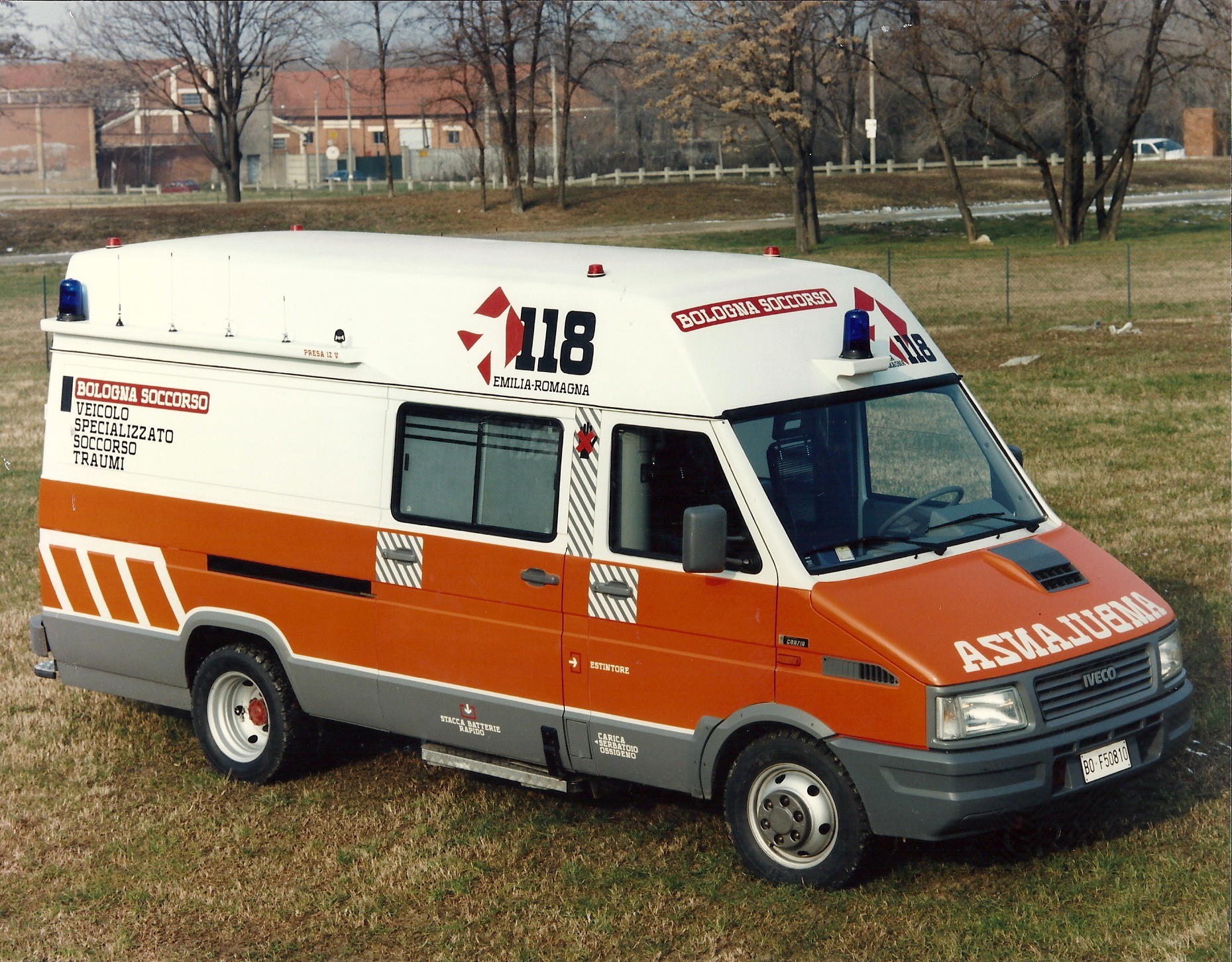Medical emergencies I: Italy and the 118 number
The evolution of out-of-hospital rescue in Italy has been marked by tragic events that showed systemic shortcomings, prompting changes whose impacts are felt until present.
Health emergency management evolved from the first experiences of 1970s Bologna, to the unified 118 number
The evolution of out-of-hospital rescue in Italy is marked by tragic events that have shown the shortcomings of existing intervention systems, and prompted the implementation of changes that are the basis of today's health emergencies management in the country. This is part 1 of a short series on medical emergency systems. You can check our other articles here:
Medical emergencies I: Italy and the 118 number
Medical emergencies II: France and Louis Serre, pioneer of the SAMU
Medical emergencies III: The European emergency phone number (112)
Made in cooperation with our partners from esanum.fr and esanum.it
A fundamental element, which changed the national scenario, dates back to 1990, when the 118 Operations Centers (Centrali Operative 118) were activated, based on the experience of Bologna and Emilia-Romagna. The Operations Centers require great knowledge of the territory, resources, use of the most advanced technologies, interconnection with associations and institutions, and a single number. The Operations Centers are the heart of the system, which allows a great capacity for flexibility and adaptability, indispensable when faced with an event of the magnitude of an earthquake.
- Marco Vigna -
We live in an era in which an increasing number of countries have or are developing the management of out-of-hospital emergencies in a planned and coordinated fashion on multiple levels, allowing for effective and rapid relief and a rational use of available resources. But it has not always been so.
In Italy, the real revolution in rescue management took place between the end of the 1970s and the beginning of the 1990s, with the birth of the 118 service. Another push to the modernization of rescue services was born in the 2000s with the development of new technologies, and the diffusion of Internet and cell phones.
Scoop and run
Before the 1990s, calling for help in a medical emergency was not a simple matter. You had to find a phone (if you were out of the house you had to run to find a phonebooth or a bar) and in addition you had to know the phone number of the ambulance service, which was different for each city or town (the number was usually found at the entrance to the city, on road signs, and in phone books). There was no coordination and no territorial operations center. It was a commonplace that one ambulance could arrived on the scene, or three to four ambulances, or none at all.
The only objective of the ambulances was to quickly transport the patient to the hospital. The "scoop and run" culture meant that the patient had to be rushed to the nearest hospital. In the ambulances, simple vans equipped only with a stretcher and little else. There were porters, or stretcher bearers, who would arrive, load, and go to the hospital.
No other action was foreseen on the spot, no diagnostic evaluation, no stabilization, no treatment. This is also why it often happened that those who had access to a car took the patient directly to the hospital, without calling anyone, waving a white handkerchief out of the window to ask for the right of way from other drivers. The hospital chosen, either by ambulances or by private individuals, was the closest one, even though it could have been the least suitable for treating a patient, who often then had to be transferred to the appropriate facility, with a considerable delay in emergency management time.
Italian Red Cross Ambulance 1960
In this context, it was difficult to provide assistance in case of medical emergencies and minor accidents, and needless to say, it was almost impossible to manage complex emergencies effectively, from a medical and surgical point of view. It was certainly these, together with a steady increase in the number and severity of injuries from road accidents (the economic boom of the sixties had a considerable increase in the number of cars on the road), that gave the greatest impetus for the emergency services to evolve. The Vajont dam disaster of 1963, the Florence flood of 1966, and the earthquakes that followed in the following decade (Belice in 1968, Friuli in 1970, Campania in 1980) led to radical changes in the culture of rescue.
The Bolognese revolution, between terrorism and railway disasters
The Italian cradle of a new rescue culture was the city of Bologna. A milestone, at the end of the 1960s, was the birth of the Center for Emergency Medical Services (Italian name: Centro di Pronto Intervento Sanitario or CePIS), promoted by Prof. Vittorio Sabena and established at the new Ospedale Maggiore (Central Hospital). The service initially dealt mainly with the transport of patients from one hospital to another. Then, three catastrophic events triggered the rescue reform process, which had the Bolognese territory as a tragic epicenter. The Italicus massacre, the Murazze di Vado disaster, and the Bologna massacre.
Around one o'clock in the morning of 4 August 1974, near the station of San Benedetto Val di Sambro (BO), an explosive device exploded on the Italicus train, bound for Munich. The attack caused the death of 12 people and left some fifty passengers injured and exposed the rescue system weaknesses.
Four years later, on April 15, 1978, in Murazze di Vado, an area of the Emilian town of Monzuno, on the Florence-Bologna line, a train derailed due to a landslide caused by heavy rain. A few moments later, the fast train Freccia della Laguna emerged from the tunnel in the opposite direction and violently hit the stationary train sideways, derailing in turn and plunging into the slope below. The accident left 48 dead and about 100 injured. On this occasion the CePIS intervened for the first time with the role of coordinating medical assistance, organizing the transfer of the injured to the Ospedale Maggiore.
Freccia della Laguna disaster (credit: RAINEWS)
The CePIS was subsequently structured to coordinate inter-hospital transport and, at the same time, to assist citizens with the available means. The system was quite avant-garde for its time. In fact, the operation room of the Ospedale Maggiore in Bologna had a communication system consisting of several telephone lines, a radio system connected to the ambulances and a computer connected to the various city hospitals gathering the latest status of hospital beds across various departments.
In 1979, the organizational direction of CePIS was entrusted to Marco Vigna, a nurse, who in collaboration with Dr. Lino Nardozzi of the Ospedale Maggiore Health Management team began a true organizational culture revolution. This revolution was based on 4 pillars:
- Creation of an integrated network between the various territorial realities involved in first aid (first and foremost hospitals, Italian Red Cross, Public Assistance) through the adoption of conventions and standards.
- Activation of a unified operations center to coordinate resources.
- Definition of a new concept of first aid, with a shift from "scoop and run" to "stay and play" (on-site intervention to stabilize the patient's vital functions).
- Improvement on the level of care provision inside the ambulance, putting nurses and physicians on board.
The new reality that was emerging was immediately put to the test during the Bologna massacre of August 2, 1980. In this dramatic situation, the CePIS became the authoritative point of reference for all emergency vehicles. The Health Department of the Municipality of Bologna, impressed by the efficiency of the rescue services on that dramatic occasion, gave the final push for the creation of the Bologna Central Unit for Rescue and Transport (in Italian: Centrale Unica bolognese per il Soccorso ed il Trasporto). At that moment the Bologna Soccorso system was born.
Bologna Soccorso and the 118 emergency number
Bologna Soccorso (Bologna Rescue) showed great professionalism on several occasions, including the Rapido 904 massacre (1984). The system created in Bologna proved to be effective, allowing rapid and efficient rescue operations. In 1986, at the height of experimentation and implementation, Bologna Soccorso created the first stable helicopter rescue service in Italy. By comparison at the national level, not much was being done to restructure the rescue system.
Bologna Soccorso-type ambulance (credit: Grazia)
In 1990, with the World Cup being played in Italy, Bologna Soccorso took another step forward in healthcare emergency modernization. Based on a contract between the telephone company Sip and the Italian Ministry of Health, the 118 number was activated in Bologna as the single call number for health emergencies.
At the same time, 118 was activated in Udine, but the first service to cover an entire province was born in Gorizia in 1991, chosen as a sort of "laboratory" by the Friuli Venezia Giulia Region which, together with Emilia-Romagna, were the first regions to activate the service.
The actual "118" service, as it is today, was set up following the Decree Law on Health (the so-called "De Lorenzo Decree") signed by the President of the Republic, Francesco Cossiga, on March 27, 1992, and published in the Official Gazette No. 76 of 31 March, 1992, where the 118 operating centers were also set up in other cities, based on the innovations introduced in Bologna. It was only then that important principles were affirmed on a national level, such as the integration of the public service with the voluntary sector, the identification of the nurse as the operational manager of the centre, the attribution of responsibility to a physician in charge and the identification of the types and times of rescue intervention.
References (in Italian):
1. Baietti M, Cordenons F. 118 Bologna Soccorso - La storia. 118 Bologna Soccorso. 1999
2. Agnesi M. Dalla nascita del 118 al numero unico di emergenza 112. Ilprimosoccorso.it. 05 agosto 2018
3. Frittoli E. 40 anni fa la strage di Bologna e i soccorsi. Panorama. 01 agosto 2020
4. Mauro Moruzzi, Franco De Felice, La casa di Dedalo. Nel labirinto della sanità bolognese. Storie, fatti, informazioni, Ozzano Emilia, Union Cards, 1995, p. 154 sgg.
5. Marco Vigna, uno dei padri del 118, va in pensione. OPI Bologna. 31 agosto 2016


